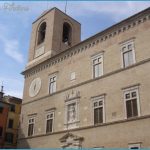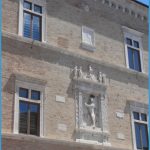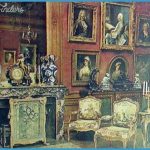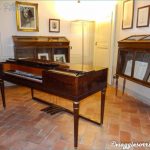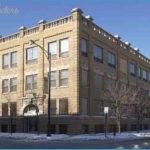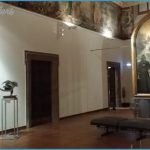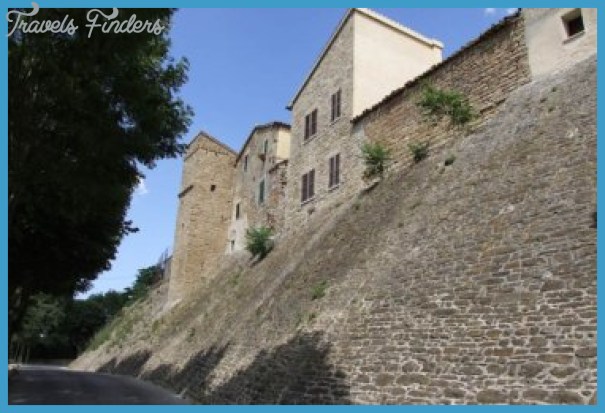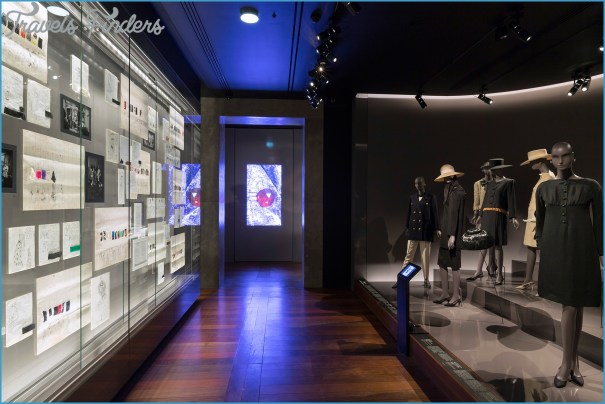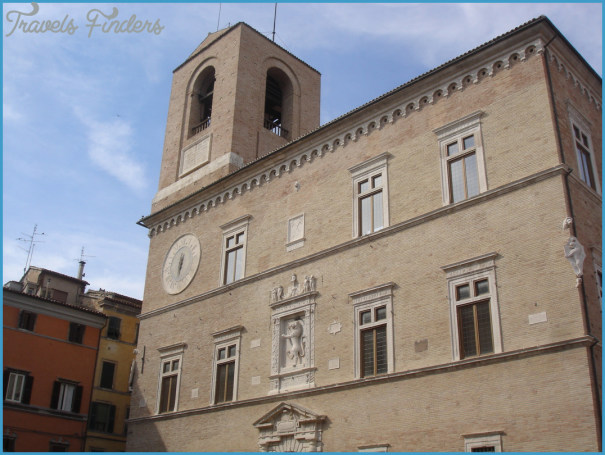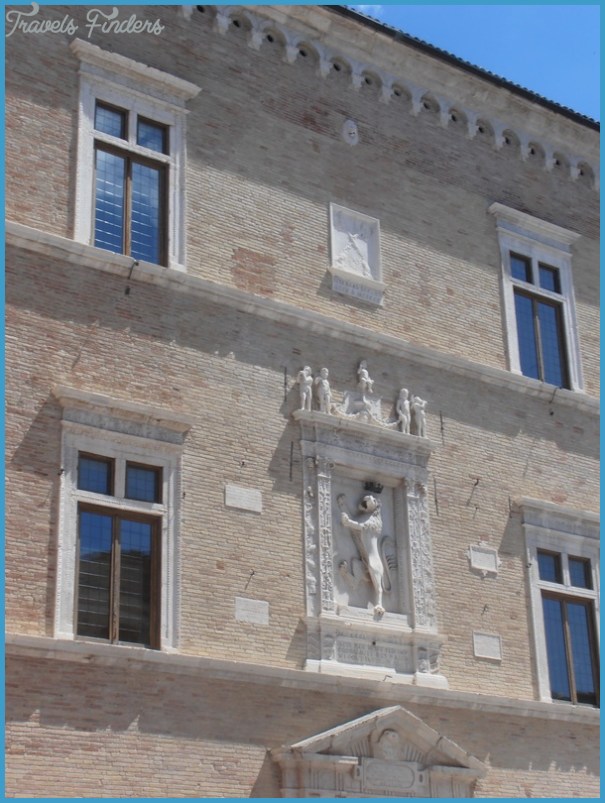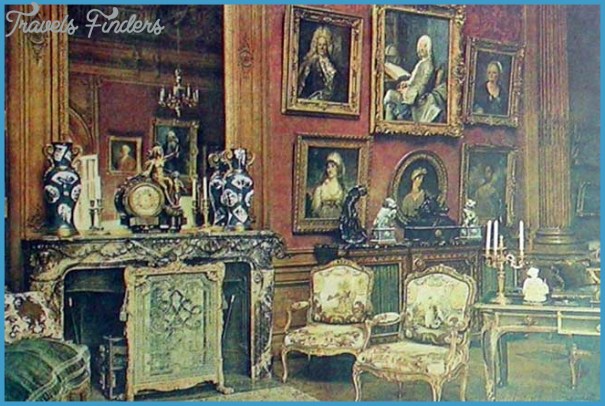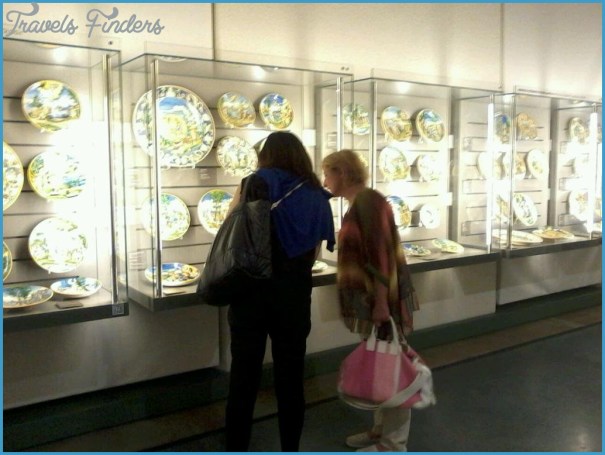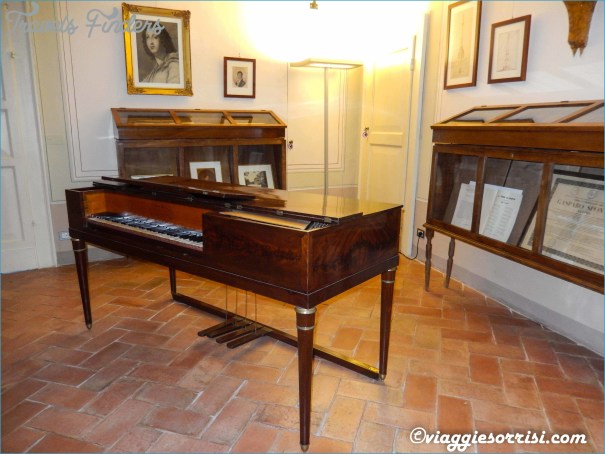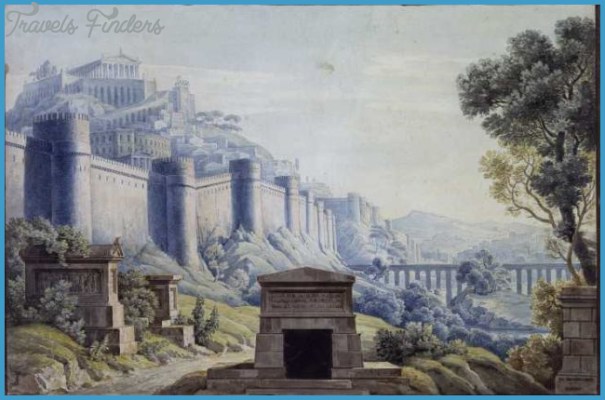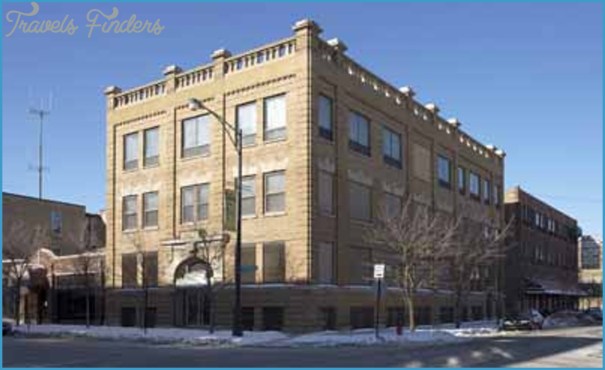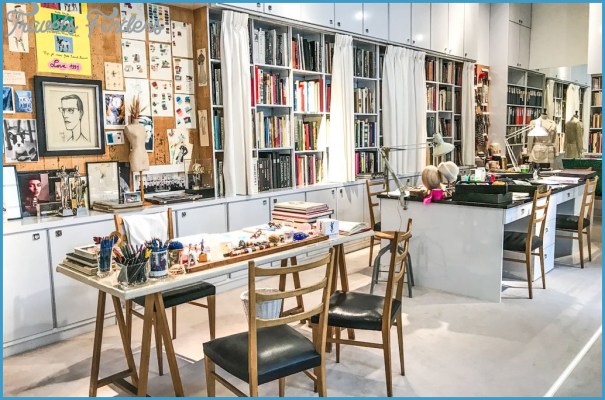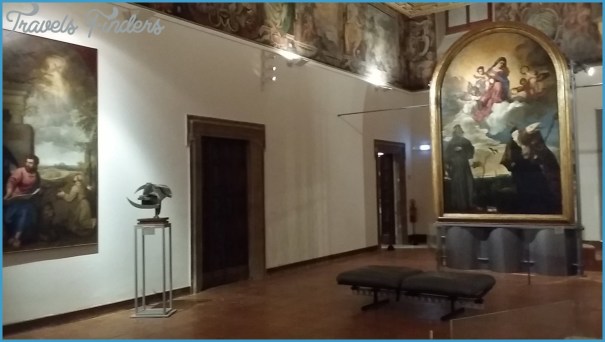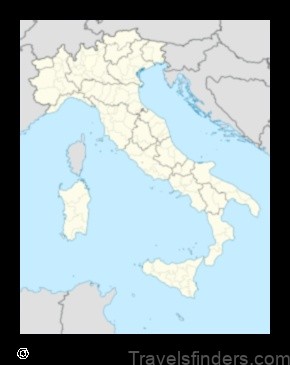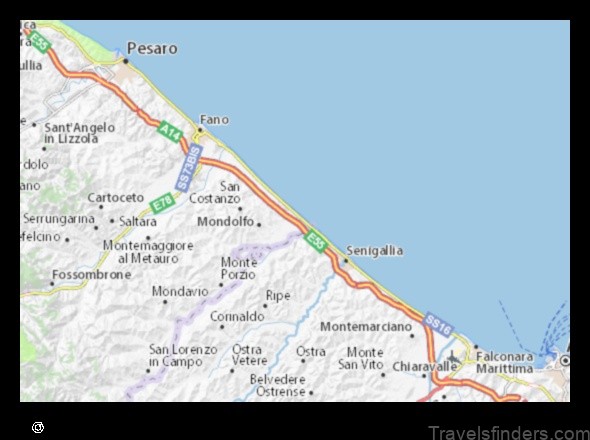SPONTINI MUSEUM
A few kilometres beyond Jesi, high in the hills off the road running south-west across Italy from the Adriatic port of Ancona, and leading ultimately to Rome, lies the village that used to be called Maiolati. Since 1939 it has borne the name Maiolati Spontini, after its most famous son and most lavish benefactor, the composer Gaspare Spontini. It is an attractive village, lying on the curved brow of the hills, 400 metres above a steep-sided valley, lovingly maintained, with 19th-century style lighting and neatly pollarded trees in its main streets. The small stone house in which Spontini, son of a cobbler, was born in 1774 still stands, at the far end of the principal street, the Via G. Spontini.
In 1924, on the 150th anniversary of Spontini’s birth, it was declared a national monument; it is suitably decked with plaques, and there is a fine bust of Spontini in the garden, a copy of one in the Sala Spontiniana at the Teatro Pergolesi in Jesi. But the whole of the village is indebted to the composer, and it amply acknowledges its debt. At the other end of the village, by the town hall, where the Centro Studi G. Spontini is based, stands the Teatro Gaspare Spontini. In the Via Spontini is the parish church, Santo Stefano, where the composer’s brother was the parish priest and to which Gaspare presented a 17th-century carved wooden choir and an organ bought from an Ancona convent. In 1841 the composer endowed an institution for Spontini’s house, now the museum, at Maiolati Spontini training the village girls as maids, and two years later he donated a sum for building an extra storey to the charity-school teacher’s house.
At the centre of the village, in the main street, is the house that Spontini and his wife (nee Celeste Erard) bought and completely rebuilt for their retirement to Maiolati: this is now the Spontini Museum. Opposite it lies his largest gift to Maiolati: the Casa di Riposo, a home for some 30 of the deprived and the elderly, which he built and endowed and which still performs the same role for the people of the locality. In it is the chapel of San Giovanni, in which lies Spontini’s fine marble sarcophagus, neo-classical in style, with a medallion allegedly by Canova, or in his style, bearing the composer’s image; close by is a small, empty tomb, intended for his wife, but she returned after his death to her native Paris, and there she died. There were no children.
SPONTINI MUSEUM Photo Gallery
Spontini, unhappily, did not enjoy his house for long. He returned from his triumphs in Italy, Paris (1803-20) and Berlin (1820-42) – and a fair number of failures, too, for although he occupied high office he seems to have been a difficult, proud man, disliked and ultimately embittered (his charity apparently began at home, and ended there too) – to settle in Maiolati, but in the event he managed to move there only in the autumn of 1850, and he died, in his new, rather splendid house, on 24 January 1851.
The house and its contents, being in a backwater so distant from the mainstream of modern life, seem in some ways to be virtually unchanged, although in fact the building was used for a variety of purposes (municipal offices, briefly a school) before it was opened as a museum in 1951, on Spontini’s centenary. Entering parts of it is like going into a time-warp: even the plumbing, at least visibly, is just as it was. And the original painted ceilings, the upper ones high and vaulted, are handsomely restored.
The main, formal museum section is on the first floor. The first room is devoted to Spontini’s youth in Maiolati and his prentice years in the Italian oper-
Casa di Riposo, Maiolati Spontini atic centres, while the second covers his Paris period, the third his time in Germany, the fourth his legacy to Maiolati. There are spectacular paintings in a David-like neo-classical manner of scenes from the French works (Milton, La vestale, L’Olimpie, Fernand Cortez), along with singers’ portraits and a fine lithograph of Spontini from 1821, scores, handbills, and facsimiles of letters and other documents. In the Maiolati room are plans for the local park, now the Colle Celeste public park (Celeste preferred a statue of the Madonna to the currently fashionable Greek temple), for the Casa di Riposo and for Spontini’s own tomb. In a final room on this floor are two pianos of 1820, a domestic table piano and a splendid grand (with a janissary stop, for percussive effects; both of course come from Erard, his wife’s family firm), as well as display cases with early editions (one, of the German version of L’Olimpie, bears Spontini’s dedication to the great tenor Adolphe Nourrit) and busts of the composer. The top floor is more remarkable, for it is here that we are transported into Spontini’s time. Not of course that he would have kept his fine, hand-painted china, his gold coffee service, his delicately fluted glasses and his bone cutlery in a glass display case: but there they all are, carefully preserved, and they speak eloquently about the style of his life and his times. In the same room are appealing portraits of the young Spontini and his wife. In other rooms are Celeste Spontini’s needlepoint work, her table linen and some of her furniture, scrupulously restored, with oil lamps and a chest. Then, past the stone privy, are the rooms at the rear, a bedroom (with Spontini’s own prayer stool), a dressing-room in which are displayed his court clothes (he was unusually tall, you will notice), his ceremonial waistcoats, hat and sword (from the Institut Fran^ais) and his Legion d’hon-neur, and then his study, with the desk and oil lamp he used in his final wintry weeks, along with various financial documents. From there you can see the small garden behind the house.
Not many composers’ artefacts are so diligently preserved as these are through various accidents of fate: the isolation of Maiolati, Spontini’s early death and fast-fading reputation, his childlessness. The result is a museum unusually evocative of the man and his times.
Further tribute is paid to him in the Teatro Pergolesi at Jesi, where there are also Sale Pergolesiane (seePergolesi). The Sala Spontiniana, off the main foyer, was established in 2003 to celebrate the achievement of another composer from close by. The exhibits include an original plaster bust of Spontini, a portrait from 1924, an Erard piano (newly restored) and a number of miscellaneous objects including a bronze medal presented to the composer in 1829 by Halle University, along with autograph letters and some unpublished autograph music.




